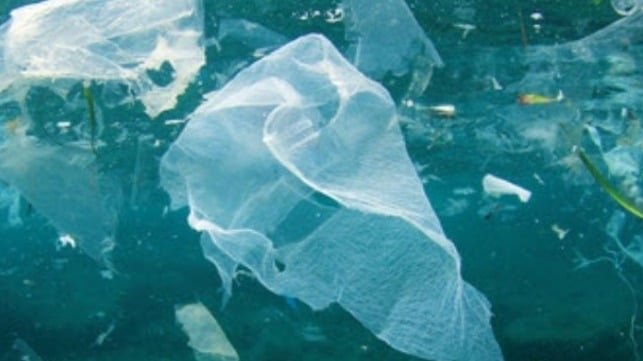The Silent Threat of Nurdles: A Growing Menace in Our Oceans
In the vast expanses of the world’s oceans, a silent yet pervasive threat is taking shape: nurdles. These tiny, pre-production plastic pellets, measuring between 2 to 5 millimeters in diameter, are fundamental to the plastics industry, serving as the building blocks for a myriad of plastic products. However, their small size belies the significant environmental and potential health hazards they pose.
The start of 2024 highlighted the ongoing problem of plastic nurdle pollution. In January, the news reported a significant incident involving a spillage of nurdles from a shipping container caused by a storm the vessel encountered in December 2023. Over 1000 sacks of plastic nurdles were lost from a Danish ship, and 25 tonnes of plastic pellets fell from a Liberian vessel. These spills had a considerable impact on Spain, where vast quantities of nurdles washed up on the coastline and are notoriously hard to collect.
The Threat to Marine Ecosystems
Nurdles pose a significant threat to marine ecosystems because they are often spilled during transportation, resulting in millions of nurdles entering the marine environment annually. Due to their minuscule size, they are not always readily visible except when they wash up in unusually huge quantities. Often mistaken for food by a wide range of marine species, they are ingested once they enter the ocean. This misidentification is particularly dangerous for smaller marine organisms, as it can lead to internal injuries, blockages, and starvation. Furthermore, as nurdles break down over time, they can release harmful chemicals, especially if they have absorbed toxic substances. These chemicals may contaminate the food chain and disrupt the delicate balance of marine ecosystems.
Global Efforts to Mitigate Nurdle Pollution
At MEPC 82 in October 2024, some progress was made towards tackling the plastic pollution problem, however, there was a lack of concrete decisions and enforceable legislation. Delegates approved the guidelines on good practice relating to clean-up of plastic pellets from ship-source releases. These provide practical guidance for government authorities on issues such as contingency planning, response, post-spill monitoring and analysis, and intervention and cost recovery.
In January 2025, the Sub-Committee on Pollution Prevention and Response (PPR 12) agreed to a draft action plan to address Marine Plastic Litter from ships. The plan dictates the need to develop mandatory measures to reduce environmental risks when plastic pellets are transported by sea in freight containers. This was to be reviewed in the MEPC 83 that occurred in April 2025.
Conclusion
While significant progress has been made in recent years, the challenge of mitigating nurdle pollution remains substantial. The widespread distribution of nurdles and the ongoing production of plastic products make it difficult to eliminate this environmental threat, especially while the industry continues to wait for mandatory regulations. However, by continuing to implement effective prevention and cleanup measures, and by promoting sustainable practices, it is possible to significantly reduce the impact of nurdles on marine ecosystems and human health.
Emma Forbes-Gearey is the Loss Prevention Officer for West P&I

